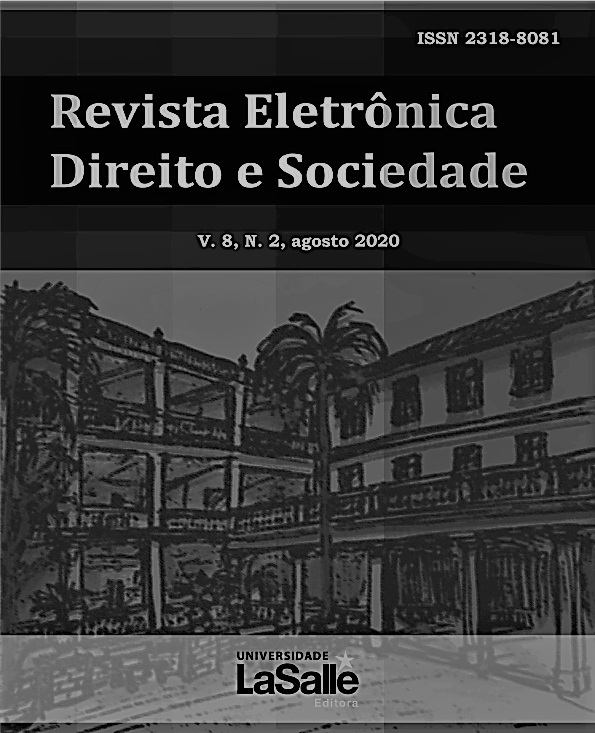Diálogos com o “realismo marginal” e a crítica à branquidade: por que a dogmática processual penal “não vê” o racismo institucional da gestão policial nas cidades brasileiras?
DOI:
https://doi.org/10.18316/redes.v8i2.5151Palavras-chave:
Criminologia Crítica, Branquidade, Racismo Institucional, Violência Policial.Resumo
O texto tematiza as relações entre discurso jurídico e racismo institucional no Brasil. Trata, especificamente, da violência silenciosa contida na forma como o próprio discurso jurídico qualifica (ou não qualifica) as violências das formas de gestão dos espaços urbanos e dos espaços de encarceramento. Empenha-se em compreender o papel dos juristas na reprodução dessa violência cotidiana. Para exemplificar, propõe a interpretação dos textos de Eugênio Raúl Zaffaroni sobre as relações entre a violência institucional e o papel de uma dogmática penal crítica para conter a seletividade da agência policial. Desde o Realismo Marginal (e de sua crítica), sugere que a branquidade é essencial para entender os limites das melhores propostas de reconstrução da dogmática, pois a formação tradicional acadêmica provoca efeitos concretos de violência sobre os corpos negros. Logo, a crítica à dogmática penal necessita ser situada para além da crítica de suas promessas não realizadas. O processo de racialização dos saberes e das práticas jurídicas deve ser compreendido nas articulações entre o dito e o não-dito. Logo, deve incluir os não-ditos dessas promessas de racionalização da violência institucional, e nominar os que ficaram fora do pacto da branquidade de garantia de direitos.
Downloads
Publicado
Edição
Seção
Licença
Autores que submetem seus manuscritos para serem publicados na Revista REDES concordam com os seguintes termos:
Os autores declaram ter ciência de que mantém os direitos autorais concedendo à REDES o direito à publicação.
Os autores declaram ter ciência de que o trabalho submetido será licenciado sob a Licença Creative Commons atribuição não-comercial que permite o compartilhamento do artigo com reconhecimento da autoria e publicação nesta revista.
Os autores declaram ter ciência que em virtude de os artigos publicados nesta revista tem acesso público e gratuito.
Os autores declaram, sob as penas da lei, que o texto é inédito e original e que têm ciência de que identificada a existência de plágio, os autores plagiados serão informados – para querendo, tomarem as medidas legais nas esferas cível e criminal – e, os autores do plágio terão seu acesso à revista bloqueado.
Os autores declaram que – em caso de coautoria – todos contribuíram significativamente para a pesquisa.
Os autores obrigam-se a fornecer retratações e (ou) correções de erros em caso de eventual detecção.
Os autores obrigam-se a não publicar o texto submetido a REDES em outra Revista eletrônica (ou não).

A Revista Eletrônica Direito e Sociedade - REDES - está licenciado com uma Licença Creative Commons Atribuição-NãoComercial 4.0 Internacional.
Baseado no trabalho disponível em http://revistas.unilasalle.edu.br/index.php/redes/about/submissions#copyrightNotice.
Podem estar disponíveis autorizações adicionais às concedidas no âmbito desta licença em http://creativecommons.org/.

